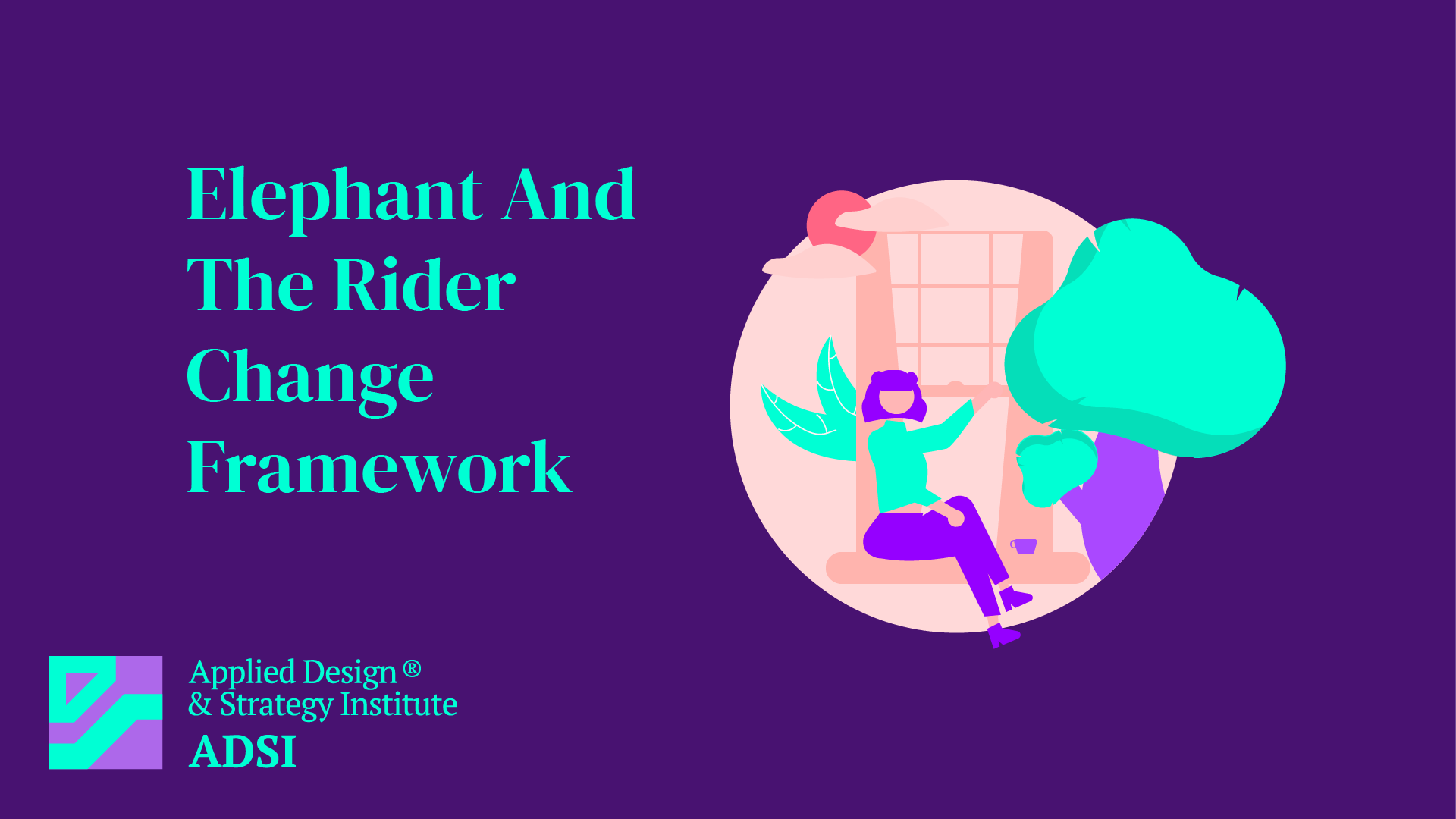Elephant-Rider-Change Model
Introduction to the Elephant-Rider-Change Model
The Elephant-Rider-Change Model is a metaphorical framework for understanding and facilitating change in human behavior. Introduced by Jonathan Haidt in his book “The Happiness Hypothesis,” this model illustrates the relationship between emotional and rational parts of the human mind and how this relationship impacts our ability to embrace change.
Components of the Model
- The Elephant: Represents our emotional side, which is powerful, instinctive, and often resistant to direction. It symbolizes our automatic, visceral reactions and deep-seated feelings. The elephant can be stubborn and set in its ways, embodying the challenges faced in altering deeply rooted behaviors or beliefs.
- The Rider: Symbolizes the rational side of our mind, the part that plans, analyzes, and tries to direct our actions rationally. While the rider holds the reins and appears to lead, its control is precarious because the rider is so much smaller than the elephant. This represents the difficulty of using pure logic and reason to change behaviors deeply ingrained in our emotional psyche.
- The Path: Represents the external environment. It includes the specific conditions and situations in which the elephant and the rider find themselves. Modifying the path can make the journey towards change easier or harder, depending on how it’s structured.
Applications in Change Management
The Elephant-Rider-Change Model is valuable in various fields like psychology, organizational change, and personal development. It provides insights into why change can be challenging and offers strategies for effectively implementing change:
- Understanding Resistance: Recognizing that emotional resistance (the elephant) might be the barrier to change, not a lack of rational understanding.
- Balancing Emotion and Logic: Emphasizing the importance of addressing both emotional and rational aspects when trying to change behavior.
- Shaping the Path: Altering the external environment to make desirable behaviors easier and undesirable behaviors harder.
Strategies for Effective Change
- Direct the Rider: Break down change into small, manageable steps. Clear, rational planning can help guide the emotional side.
- Motivate the Elephant: Engage the emotional side through compelling stories, empathetic understanding, and concrete examples.
- Shape the Path: Modify the surrounding environment to support the desired change, making it easier for both the elephant and the rider to proceed in the right direction.
Conclusion
The Elephant-Rider-Change Model offers a compelling framework for understanding the complexities of human behavior change. By acknowledging the interplay between emotion and reason and adapting strategies to address both, individuals and organizations can navigate the path of change more effectively.



Leave a Reply